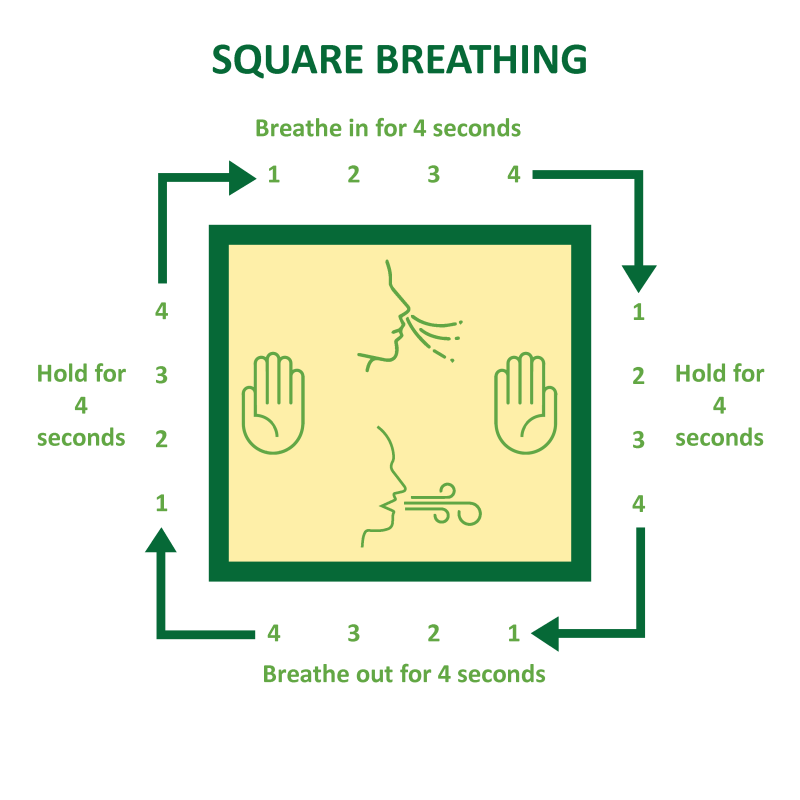MARCH 2024
No. 5
DANJA YOGA LIFESTYLE REPORT
This Month at Danja Yoga
What to do, see, explore, read, create, and know in the month ahead
The Month at a Glance
Ayurvedic medicine is not just about treating illnesses but also about promoting overall well-being. It is an ancient Indian medical system that focuses on a holistic approach to health, encompassing physical, mental, and emotional aspects. Ayurveda believes that every person is unique and thus requires a personalized approach to treatment. It uses natural remedies, including herbs, yoga, meditation, and massage, to restore balance and harmony within the body. With its emphasis on prevention and natural healing, Ayurvedic medicine is gaining popularity as a complementary therapy to conventional medicine.
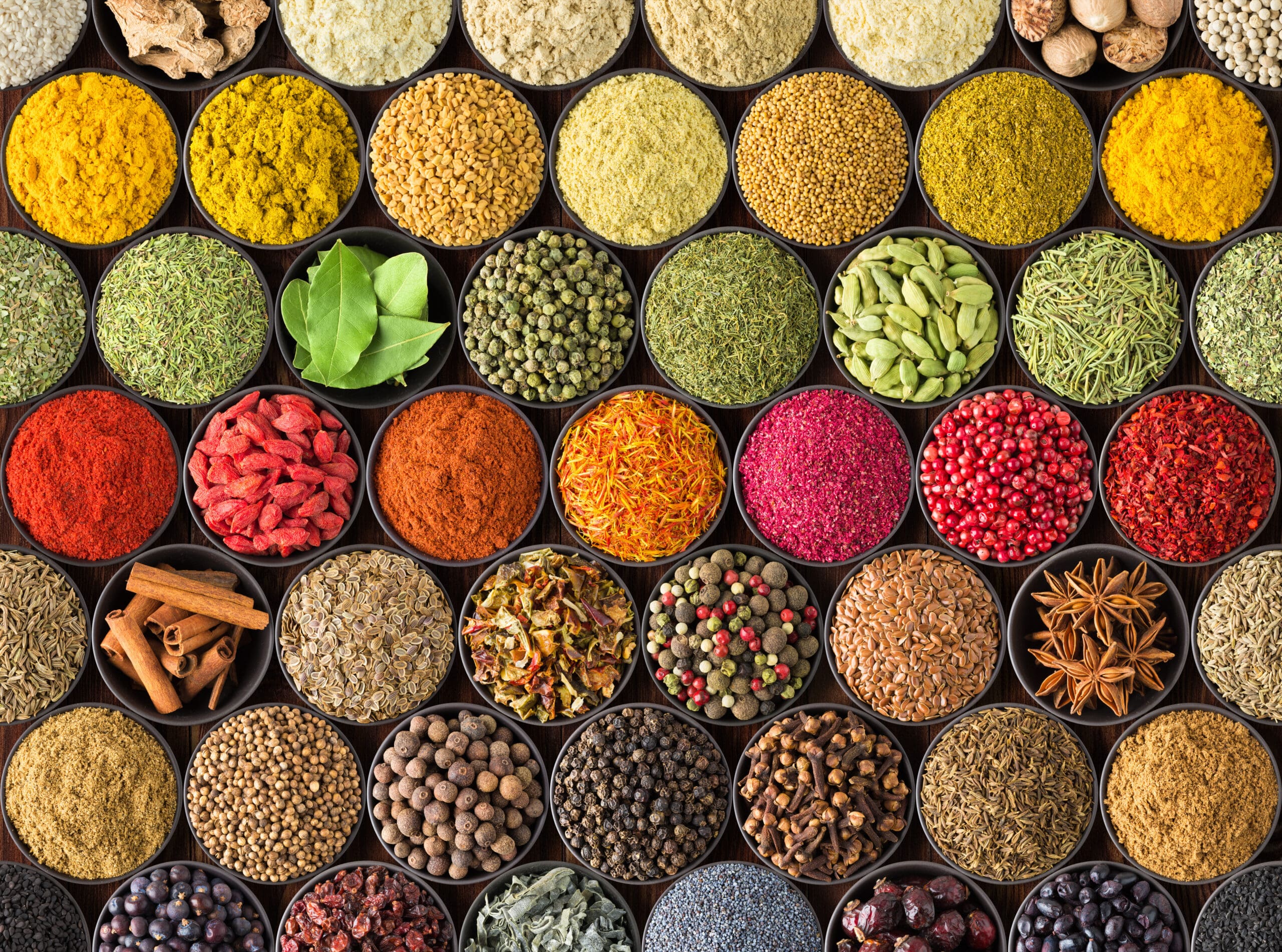

WHAT IS AYURVEDA?
Ayurveda is a holistic approach to health and wellness that focuses on achieving balance and harmony in one's physical body, mind, and spirit. This ancient Indian practice emphasizes the importance of lifestyle interventions, natural treatments, and remedies to prevent disease and promote general well-being. Ayurveda recognizes the uniqueness of each individual and defines a person's specific constitution, or prakriti, which determines their physical, psychological, behavioral, and immunological traits. By incorporating diet, sleep, exercise, stress management, and other resources, Ayurveda aims to promote balance and optimal health for all.
THREE DOSHAS
Ayurvedic philosophy believes that each individual has a unique constitution made up of three doshas - vata, pitta and kapha. These doshas dictate our emotional strengths and weaknesses, the foods our body needs, the exercises that work best for us and more. When these doshas are out of balance, illness occurs. Ayurvedic practitioners use nutrition, stress management, exercise and herbs to help regain balance. It is important to understand your dosha type to achieve optimal health and wellbeing. For instance, if you have trouble getting up and moving, a restorative yoga practice might not be the best option. Instead, you might want to try some energizing sun salutations.
VATA DOSHA
Ayurveda philosophy believes that vata plays a vital role in controlling the movement of the body and mind. Those who are dominant in vata tend to be creative, flexible, and quick to act, but they may also experience anxiety and worry. To manage excessive vata, Ayurvedic practitioners suggest grounding techniques such as meditation, regular sleep-eat schedules, and rest and relaxation. Walking meditation is a particularly effective technique for those who struggle to sit still, especially during the morning as the sun rises. Understanding vata and seeking Ayurvedic help can lead to a more balanced and fulfilling life.
PITTA DOSHA
Pitta, one of the three doshas in Ayurvedic theory, is responsible for controlling digestion, hormones, and metabolism. Individuals who are dominant in pitta tend to possess qualities such as strong-will, confidence, and focus, making them great leaders. However, when pitta is off balance, it can lead to inflammation, rashes, skin conditions, and digestive issues. Ayurvedic practitioners suggest participating in cool, calming activities and consuming cooler foods or a Mediterranean diet to balance pitta. Understanding and balancing your pitta can lead to improved overall health and well-being.
KAPHA DOSHA
Kapha is an important element in the body, responsible for providing support and lubrication to muscles, bones, and ligaments. However, when imbalanced, it can lead to excessive fatigue, weight gain, and disinterest in new activities. To combat this, it's important to maintain a healthy diet and increase physical activity. Essential oils can also be helpful in balancing kapha, and individuals are encouraged to incorporate lighter foods like fruits and vegetables in smaller portions throughout the day. By following these practices, those with kapha dominance can maintain their endurance and loyalty while avoiding the negative effects of an imbalance.
DOES AYURVEDA WORK?
In India Ayurveda is considered a formal medical care system equivalent to conventional Western medicine. It’s estimated that 80% of India’s population of 1.2 billion people use some form of traditional Ayurvedic medicine. In India, there are many government and private Ayurvedic medical schools, clinics and hospitals. And Ayurvedic medicine is an important aspect of traditional Indian culture. Proponents of Ayurveda feel strongly in its effectiveness, citing its history of use over millennia.
However, very few rigorous studies that meet Western standards of scientific validity have been conducted. Even fewer have demonstrated effectiveness.
Of particular concern is that approximately 20% of Ayurvedic medicines fall into a class called Rasashastra. This category intentionally combines and processes minerals, metals and gems for therapeutic purposes. The resulting Bhasmas, depending upon their raw ingredients, may or may not be safe. Some Bhasmas are intentionally made with lead and mercury. These have been associated with hundreds of reported cases of lead poisoning. Some Ayurvedic proponents state these are safe based on their preparation, and those that cause toxicity weren’t prepared properly. However, there isn’t any published scientific evidence to support these claims.
Studies by Cleveland Clinic’s Chair of Wellness & Preventive Medicine Robert Saper, MD, MPH, have shown approximately 20% of Ayurvedic medicines available in the marketplace and online contain potentially harmful levels of lead, mercury and arsenic. Because of this, Dr. Saper suggests avoiding any products that contain Bhasmas in their ingredients.
“The source of heavy metals in Ayurvedic medicines can come from intentional addition, contamination from the environment and contamination during the manufacturing process,” says Dr. Saper. “Regardless of the cause, lead is toxic and there are no safe levels to consume it.”
Although Ayurveda doesn’t have a nationally recognized licensure program in the United States, some institutions offer Ayurvedic certifications. The National Ayurvedic Medical Association (NAMA) has also pushed for raising awareness about the Ayurvedic profession in the United States and an increase in scientific research to validate its existence.
If you’re interested in pursuing Ayurveda, you should speak with your healthcare provider to ensure any herbal medicines have been tested by an independent laboratory such as Consumerlab.com for heavy metals and other contaminants. By working with an integrative medicine physician, you can receive a holistic evaluation that will help you bridge both traditional and complementary medicine techniques safely and effectively.
“We evaluate the person holistically through mind, body and spirit perspective,” says Dr. Lin. “We dive into your lifestyle, how you’re eating, how you’re taking care of yourself, your thinking process, your spiritual beliefs, your stress management, your exercises and your environment. We take all these factors into consideration to understand what may have contributed to your imbalance, then make a plan to help you restore balance.”
From there, you can work with your healthcare provider to find small lifestyle changes you can make each day that can benefit you and provide balance. Some lifestyle changes may include adjusting your bedtime, carving out a space for self-care and reflection, or even just increasing your physical activity.
Working with a specialist, you may incorporate specific safe herbs like ashwagandha, turmeric and ginger to help with stress, anxiety and inflammation.
Speak with your healthcare provider before beginning any supplements to ensure they’re safe.
IS AYURVEDA RIGHT FOR YOU?
Ayurvedic medicine has a rich history of thousands of years, but to be truly integrated into Western medical systems, more research is needed. Integrative medicine offers a safe and effective way to integrate ancient healing traditions, such as Ayurveda, with mainstream medicine. If you're interested in incorporating Ayurveda into your lifestyle, consulting with an integrative medicine specialist is a great place to start. You can also explore Ayurvedic recipes and cooking with Ayurvedic herbs and spices to get started on your wellness journey.
Highlights


It's no secret that at Danja Yoga we LOVE the sacred Banyan Tree. This remarkable tree is rooted in Indian culture and has been used in medicine, sacred events, and more through history. For thousands of years, people have used banyans as sources of medicines. Today in Nepal, people use banyan leaves, bark and roots to treat more than twenty disorders.
One of my first first corporate jobs was in the Leadership Development group of a large bank. The logo for the program included a sacred Banyan Tree due to the large aerial roots the grow from each tree to continue its growth and spread. Upon researching the tree, I was captivated. The imagery of nurturing and developing ourselves so we can help others in the world is something that has stuck with me all these years.
The studio's Banyan Flow classes continue this idea and invite students to a sanctuary for self-care and revitalization. The classes invite students to cultivate nourishment and wellness, and rediscover their inner vitality through slow flow yoga, deep stretching, and restorative postures. The experience is accompanied with ambient lighting and aromatherapy.
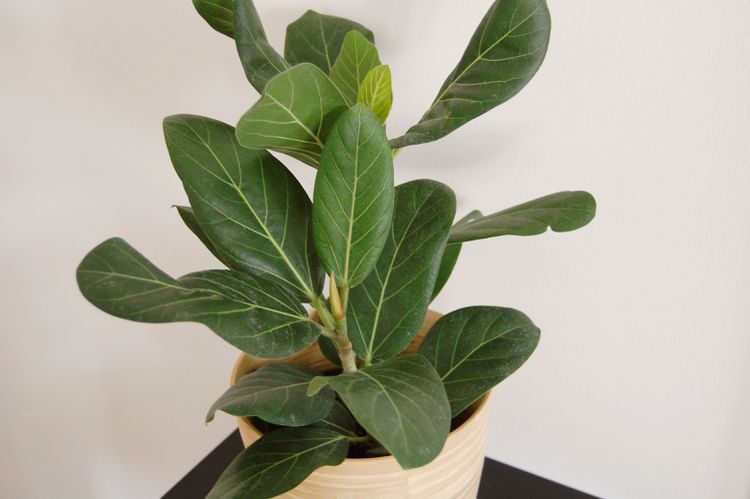

Are you familiar with the finicky Fiddle Leaf Fig? We've got great news for you! Ficus Audrey (ficus benghalensis) is here to make your life easier. With a similar growth habitat and appearance, this plant is easier to grow and care for indoors. It has smaller, slightly fuzzy oblong leaves and a smooth, light-colored trunk, which sets it apart from the Fiddle Leaf Fig. However, like its relatives in the Ficus genus, Ficus Audrey is toxic to pets, so make sure to keep it away from your furry friends.
LIGHT Choose a location that receives several hours of bright, indirect light for your ficus Audrey, such as a south or west-facing window.
SOIL Plant your ficus Audrey in a moist but well-draining soil mixture.
WATER Allow the top 2 to 3 inches of soil to dry between waterings and then water thoroughly. Ficus Audrey does best in consistently moist soil and should never be allowed to dry out completely.
TEMPERATURE & HUMIDITY Ficus Audrey does well in typical household temperatures, just ensure that it is not exposed to temperatures below 65 degrees Fahrenheit. Standard household humidity levels are also usually fine, although be sure to keep this tropical plant away from drafty windows or AC/heat vents that may dry out the air around it.


Get to know Betty Brown, a remarkable woman who has been married for 32 years to her husband Roy, whom she met on a blind date on Halloween. She is a proud Korean-American and has recently joined a Korean Jango drumming group to connect with her heritage. Betty is a lover of animals and has 3 dogs - Oliver, Hades, and Charon. She is also a talented knitter and enjoys the winter season for this reason. Hawaii is her favorite place, and she has visited Kauai and The Island of Hawaii multiple times. Betty is an avid reader and enjoys British mysteries, and mysteries in general. She loves to travel and meet people from different cultures. In high school, she canoed the Boundary Waters Wilderness Area between Minnesota and Canada twice. Betty's adventurous spirit and passion for learning about new places and meeting locals make her an inspiration to those around her.
MONTHLY RECIPE
Korean Chicken Soup
By Betty Brown
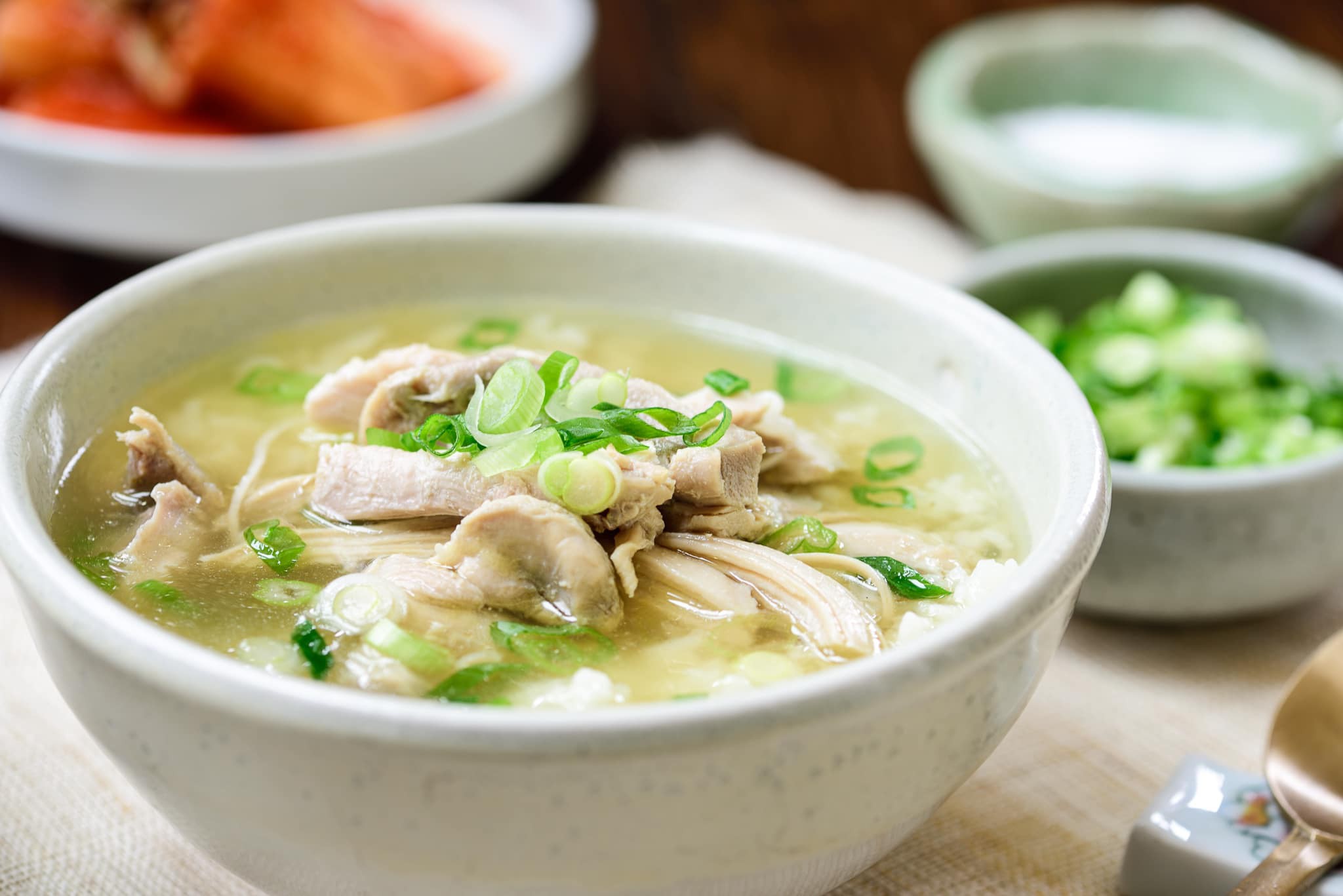

This recipe is inspired by Chun Cha, my mother who showered her family with love through her delicious and healing meals.
INGREDIENTS
1 whole chicken (3 to 4 pounds)
10 - 12 plump garlic cloves, smashed
1 1-inch piece ginger, sliced
1 medium sweet onion, roughly chopped
2 - 3 scallion white parts
1 whole star anise seed
1 whole dried shitake mushroom- pyogo beoseot (표고버섯), ( or 4 slices of dried shitake mushroom )
3-inch strip of dried kelp-dasima (다시마) (or kombu in Japanese)
1/2 teaspoon whole black peppercorns
3 scallions, finely chopped to garnish
Mineral salt 1 tsp
Spicy sauce (dadaegi, 다대기) - Optional
3 tablespoons gochugaru- Korean red chili peppers
2 teaspoons minced garlic
1 tablespoon tamari
1 teaspoon of toasted sesame oil
3 tablespoons chicken broth from the soup
METHOD
Soak whole shitake mushroom for 30 minutes, and set aside. Cook white basmati rice or grain of your choice now.
Place the cleaned chicken in a large pot, 6-8 quarts (large enough to hold the chicken and 10 cups of water). Add the smashed garlic, ginger slices, onion, scallions, whole peppercorns and 10 cups of water (or enough to cover the chicken).
Bring it to a boil over high heat. Skim off any foam on top. Reduce the heat to medium - low and boil, covered, for about 60 -75 minutes, depending on the size of the chicken. Maintain a gentle boil.
To check if the chicken is completely cooked, cut through the thickest part of the breast, with a knife, to see if the chicken is cooked and tender. There should not be any visible bloody red areas in the chicken or near the bone.
Or use a meat thermometer- remove chicken from the broth and check the temperature at the thickest part of the chicken. Chicken is cooked when it is at 165 deg. F. If chicken is not cooked completely, return to pot and cook covered for another 15 minutes, and recheck temperature with the meat thermometer.
When the chicken is completely cooked, remove it from the pot, and turn the heat off. Remove the meat off the bones when the chicken is cool enough to handle.
Shred the meat into small bite-size pieces and set aside. Strain the broth, and serve.
Place . cup cooked rice or grain of your choice in a soup bowl, add shredded chicken meat, ladle broth into a bowl, garnish with scallions, additional salt and black pepper to taste, and toppings of your choice. Enjoy your meal! ( 맛있게 드세요! - ma shit ge deu se yo)
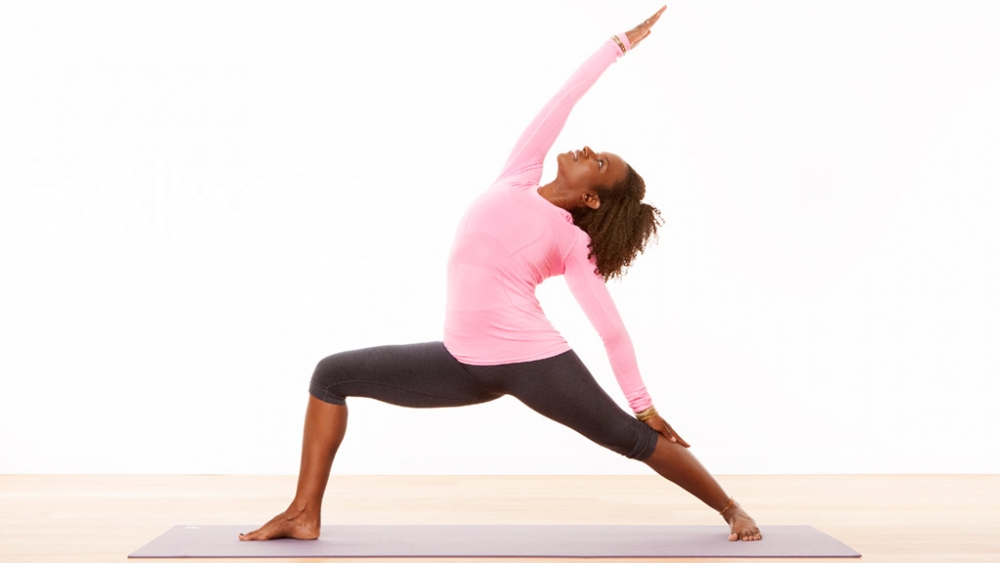

PHYSICAL BENEFITS
- Strengthens and stretches the legs and ankles⠀⠀
- Stretches the groins, spine, waist, side body, and shoulders⠀⠀
- Stimulates abdominal organs, heart and lungs⠀⠀
- Increases stamina⠀⠀
COMMON MISALIGNMENTS⠀⠀
- Collapsed front knee⠀⠀
- Back foot turned out (rather than shy of 90)⠀⠀
- Collapsing through the side waist⠀
- Floppy arms⠀⠀
Box/Square breathing is a simple breath technique that brings profound benefits. In fact, even the US Navy SEALs, some of the world's toughest soldiers, use it in high-stress situations. Also known as "square breathing" or "four-square breathing," this controlled breathing practice is known for improving physiological responses, helping to calm the mind, and bringing focus.
Box breathing is as simple and accessible as it is powerful. Whether at home, the office, or taking the train to work, this technique can help you to feel more relaxed and grounded during stressful situations.
- Find a quiet space: Choose a spot where you can sit or lie comfortably in a relatively quiet environment.
- Close your eyes: It’s not essential, but closing your eyes can help you focus on yourself.
- Inhale for four seconds: Breathe in deeply, feeling your lungs fill up, counting to four slowly. Imagine you're drawing energy into your body.
- Hold that breath: Hold that breath in for another four seconds. It might feel strange at first, but it’ll feel more natural with practice.
- Exhale slowly: Exhale for four seconds, releasing the air steadily. Imagine all your stresses and worries leaving your body as you breathe.
- Hold again: Hold for another four seconds. This pause signals to your body that another 'box' or cycle is about to begin.
Box breathing offers a predictable rhythm in a world that's often unpredictable. It gives a beat that your mind and body can move to, bringing you harmony and peace.
Start practicing for a few minutes, gradually increasing as you become more comfortable. A four-second count isn’t set in stone—if you prefer, try three or five seconds. The key is to keep each segment equal.
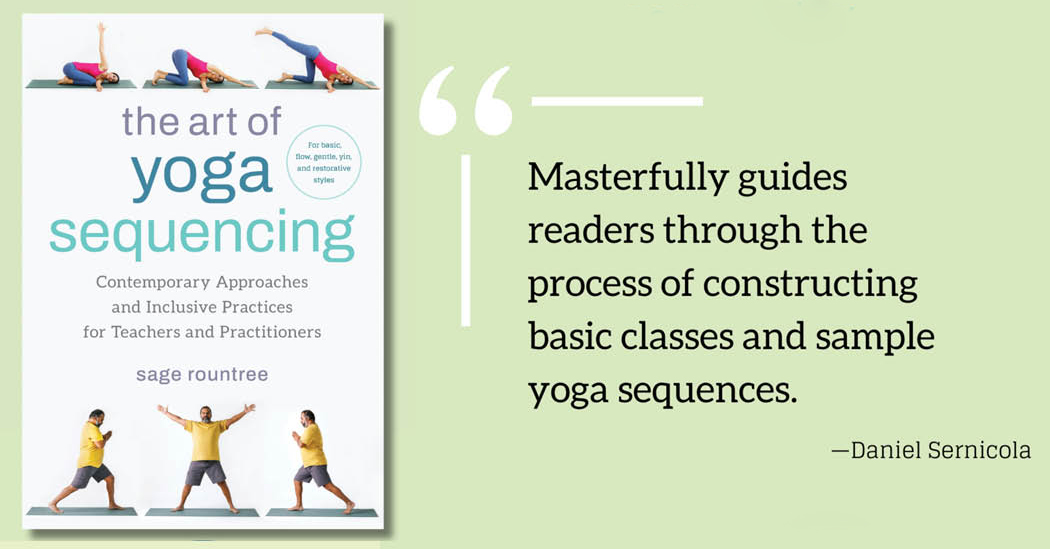

We've been anticipating this book coming out and are thrilled to finally share it with you! New from one of Daniel and Jake's friends and mentors, Sage Rountree, The Art of Yoga Sequencing!
This is an inclusive guide for yoga teachers and practitioners to help create balanced movement sequences and well-rounded classes for all levels and evey body. Sage bases the entire book on the simple truth: Bodies feel better when they move in many different ways and directions.
What we love about this book is how Sage draws on years of her expert knowledge and experience to offer a fresh and contemporary approach to yoga sequencing and mindful movement that reflects the diversity and meets the needs of the modern yogi. We especially love the inclusive photos showcasing all kinds of bodies!
I'm grateful and honored to have a review published in the book inside the front page:
"Yoga teachers and practitioners alike can benefit from this must-have resource. Sage masterfully guides readers through the process of construting basic classes and sample yoga sequences. Clear visuals for transitioning betwen poses invite teachers to plan a well-structured, beneficial class regardless of their experience level."
DANJA YOGA LIFESTYLE REPORT is published by DANJA YOGA AND WELLNESS, INC., 1125 Oak Street, Columbus, Ohio 43205
We hope you've enjoyed this edition of The Danja Lifestyle Report. For feedback or support, please contact us at info@danjayoga.com.
Look for our April edition on April 15.



